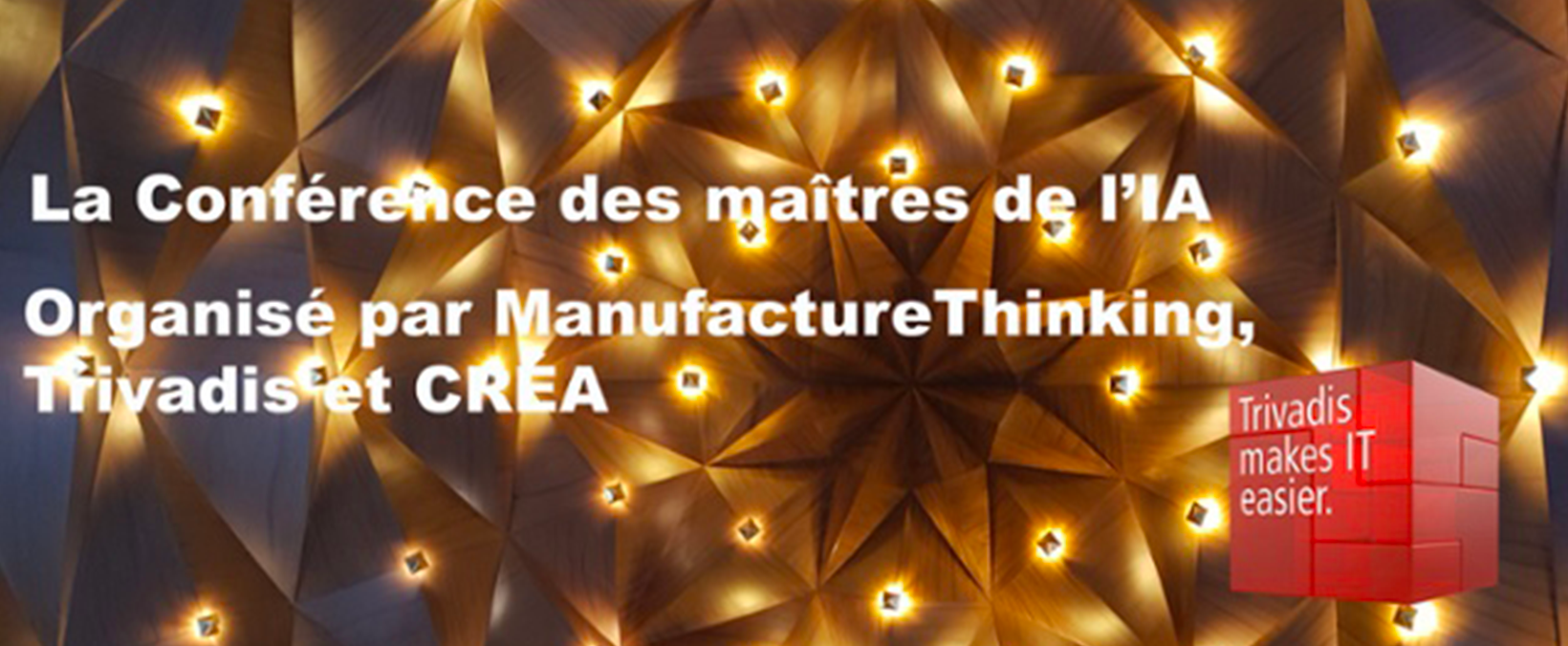The AI Masters Conference
Alp ICT is pleased to share its takeaways from the AI Masters Conference, organized on December 6, 2018 by ManufactureThinking, Trivadis and CREA.
Focus on the business approach
Almost 25,000 data scientists are self-trained in Switzerland. Today, we need data engineers who are capable of implementing the solutions developed by data scientists. Assia Garbinato, Head of Data at Vaudoise Assurance, suggests starting from the business case, not the technology. We need to motivate the business to add value. For example, Vaudoise Assurance wanted to reduce the number of expensive churns. The use of Machine Learning has tripled the call center's efficiency, from 20% to 56%.
Lev Kiwi is an ambitious projectfor Trivadis, which is looking for agility in parking and planning with constraints.
With the location of all vehicles in the hangar, artificial intelligence does the planning for them with features to manage and real-time management. An AI project requires a team:
- 1st criterion: Have a business-driven case
- Criteria 2: Computer skills
- Criterion 3: Mathematical skills
- Criterion 4: Strong communication skills
How to overcome the challenges of setting up an AI model?
Visium, an EPFL spin-off, aims to increase urban security without invading citizens' privacy. Visium has developed sound recognition, which is more effective than video recognition because it is less intrusive. It can be used to automatically listen in on certain dangerous events. Ian Arslanagic shares the lessons learned by Visium in the face of the challenges of implementing their AI model:
- Faced with a lack of initial data, think of alternative solutions for acquiring or creating data. Visium has used sound banks to create its own database of realistic sounds.
- Deep Learning is not designed for the IoT, as its computational capacity is lower than that of a graphics card. Clever Computer Science and Machine Learning techniques make it possible.
- Move from model to production system: test your solution in real-life situations as often as possible.
- How do we define the success of the AI model? By understanding business needs, performance indicators and the final application.
In this way, Visium created a high-performance model despite the limited initial data . Today, its model enables simultaneous real-time management of microphone, communication and prediction on a Raspberry Pi. The solution can be deployed and updated with the server connected to the Internet.
Artificial intelligence for bank fraud prevention
The Netguardians team realized that AI had become a necessity for the banking industry. Previously, bank fraud prevention was carried out by manual controls or business intelligence, with very average results. By the end of 2000, fraud had become more complex and costly.
Today, we're interconnected across all types of media, continuously and for all kinds of needs. The volume of financial transactions has exploded and is much faster, without any manual intervention. What's more, every banking customer is different, so a gigantic number of rules would have to be implemented.
70% of fraud is internal and costs $3 trillion a year worldwide.
Solution: the machine can learn from users' habits over a year's data history, detect fraudulent transactions and capture this understanding in dynamic profiles. Machine Learning blocks anything unusual, and the results are clear: a massive 83% reduction in the false positive rate, a 93% reduction in the time needed for investigations, and a 118% reduction in the fraud detection rate.

